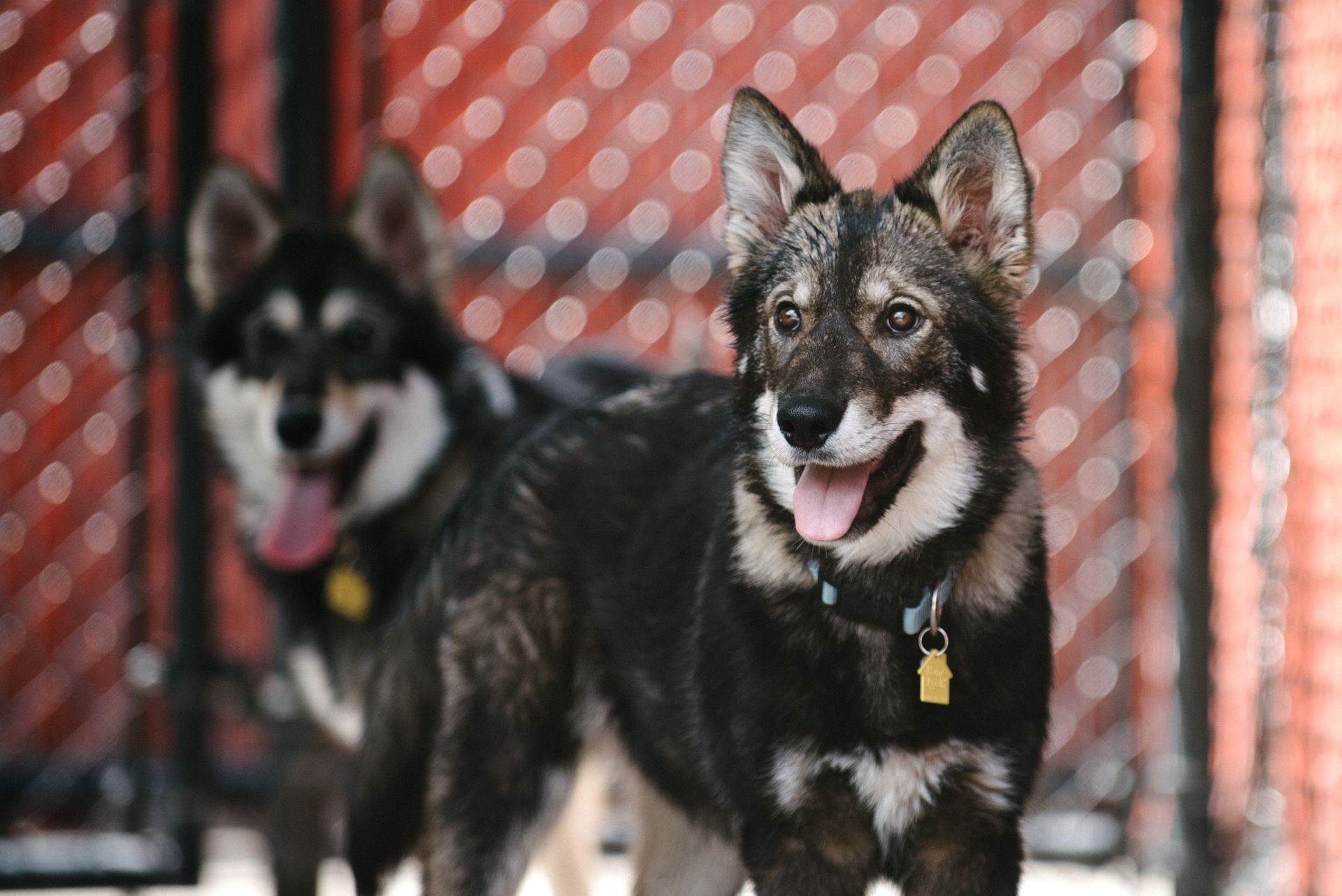Before introducing your dog to other dogs, ask yourself, “Does my dog really enjoy playing with other dogs?”
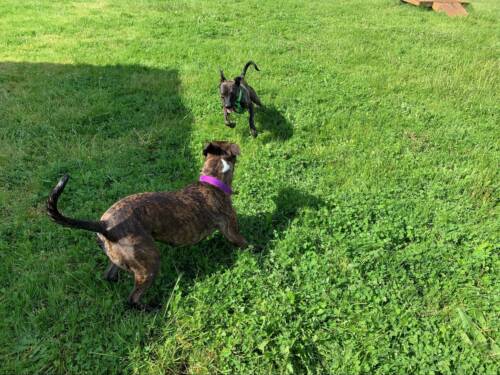
Observe Dog Body Language
In general, dogs of similar life stages, sociability, and playstyles do enjoy playing together. But what does “healthy” play look like?
Play bows (see the picture above).
Think of a play bow as an advance apology from one dog to another. As if they are saying, “Hey, no worries. Anything I do after this, even if it is rough and rowdy, is meant to be fun.”
Relaxed, slow, and exaggerated body movements.
Relaxed face and body muscles are clear indications that your dog is really having fun. They may even put on a “play face.” Their eyes are wildly wide open accompanied by an open mouth and lips pulled back to show their teeth with or without their tongue lolling out to one side. A dog who really wants to play with another dog moves like Jell-O, loose and wiggly! You may see exaggerated, bouncy movements, too. Look for slow tail wags positioned just above or aligned with the spine. You want to see a C-shaped spinal curvature while in the presence of another dog. Play-growling or exaggerated continuous, loud growling may sound scary, but it’s just the dogs being silly.
Regular changes in activity and frequent breaks.
Dogs should switch between activities like race-and-chase games to play wrestling to taking a break. They should also switch between who’s popular and who’s not. Lisa Radosta, a veterinary behaviorist, said, “Normal play has no winners or losers, so it often includes equalizers, like role reversals and self-handicapping. Role reversals occur when the winner of the game switches roles.” Some dogs may roll onto their backs to allow the other dog, maybe of a smaller size, to have a crack at being the “bigger dog.” Dogs naturally take breaks from play on their own. You may see them stop then shake or sneeze. If two dogs have been running or participating in rough play for an extended period of time, call your dog away using a squeaky toy and reward them with yummy treats for coming when called. Dogs will voluntarily go back for more when it’s fun.
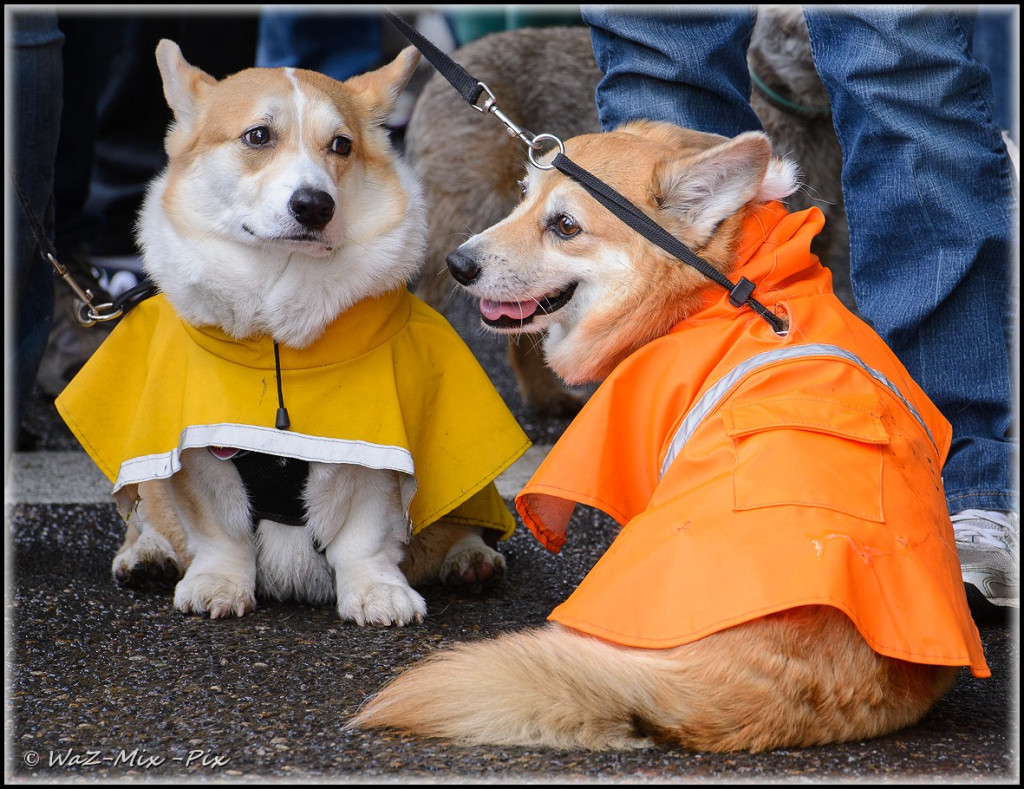
Dog-Dog Introductions
For initial introductions, we recommend keeping initial meetings short and sweet. Walk side-by-side, or parallel, with some distance between the dogs for 10-20 minutes. If the dogs seem to be more interested in the environment than each other and not actively avoiding each other, that’s a good sign.
If the dogs are very interested in meeting each other, walk in a large circle. The circle pattern works because the dogs get to fully sniff the other dog’s scent without entering their space bubble. If they exchange “pee-mail” messages, you know they like each other and might be up for a quick sniff. Be ready to call your dogs away from each other after a “1, 2, 3” count. Short, sweet, and done. Be ready to call your dogs away from each other if they exhibit any overly rude, rough, or mouthy (i.e., biting and holding) behaviors.
Both dogs should be “super pumped” to meet each other. If one dog is not that into the other, they should not meet up close and personal right away or even ever. It is very important to remember that not every dog enjoys playing with other dogs. And, that’s ok. Be an advocate for your dog and don’t force them into unwanted social situations.
How can I tell if my dog isn’t having fun?
Body tension.
Look for the body squared up, muscles stiff, hackles and tail up. Think of the adage “tail in the air, beware.” If the dog has long hair, you may not be able to see the hackles raised. Hackles raised could be equated to goosebumps on humans. It’s a normal, involuntary response to a surprising or fearful situation. You may also see lip-licking, yawning, and shaking (clear signs of fear). Other fear-related behaviors include slow, deliberate movements, moving away, turning head away from other dog (signs of avoidance or active threat). The dog may be low growling with their mouth clenched and closed. They may have their lips curled back and showing their teeth. No “play face” with a silly grin and no going back for more.
Quick movements.
Some dogs use quick, efficient movements when in a tense situation. You will not observe bouncing or taking turns. One dog may avoid the other dog by rapidly running away with their tail tucked between the legs, ears pinned back. You might observe a tail held straight up like a car antenna and wagging very fast. Ferris Bueller says in the movie Ferris Bueller’s Day Off, “Life moves pretty fast. If you don’t stop and look around once in a while, you could miss it.” The same goes for observing dog body language. If the dogs do get into a fight, stay calm and get help. Don’t attempt to pull the dogs apart by putting your hands near their mouths. Have someone get a cup or bucket of water and douse both dogs. Hopefully, it will be a quick encounter, and the “loser” will walk away and not come back.
Rude dog behaviors.
Chin or paw over the other dog’s back of neck. Putting their mouth on the other dog for prolonged period or holding the other dog’s skin or body part in their mouth. Barking, whining, snarling, or pinning down. Repeated behaviors (chasing, pinning, body slamming, mounting) with little or no pauses in between. One dog sends back-off signals or attempts to disengage, but these signals may not be read from the instigator, either due to lack of social skills or the dog purposely harassing.
Alternatives to Dog Play
Contrary to popular belief, your dog does not need to meet every dog you see. Advocate for your dog. Plus, not every dog wants to meet your dog. Be courteous and follow the instructions of the other pet parent.
There are other activities that you can do with other dogs in the vicinity that are fun and safe for you and your dog.
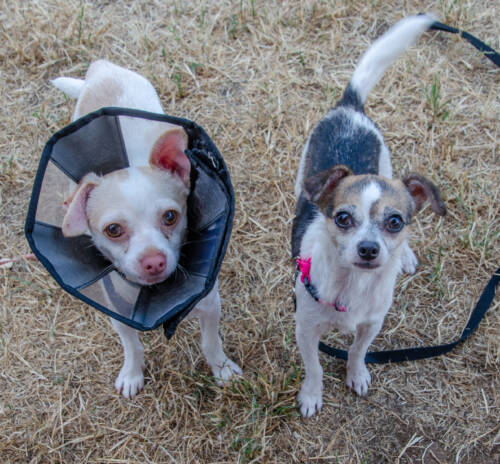
Parallel Walking
We mentioned it before but it’s worth repeating. Meet a friend with a social dog at a park and go for a parallel, on-leash walk. Don’t bring the dogs face to face at all. Walk with distance between the dogs.
If the dogs are pulling toward each other and not engaging in the walk, increase the distance between them, but stay on a parallel path.
If the weather is not cooperating for a walk, hang out at a café. Have your dogs lay down next to you as you talk over coffee. Reward your dogs for calm, relaxed behavior.
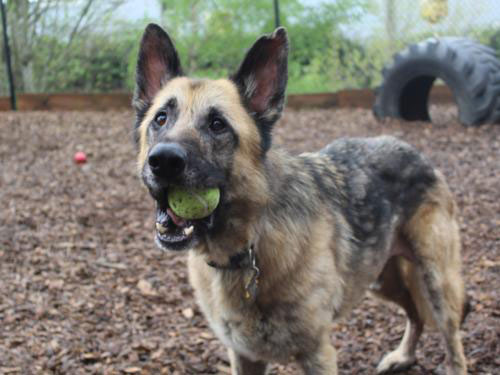
Enrichment Activities
Set up various enrichment activities such as snuffle mats, tunnels, and kiddie swimming pools filled with floating toys, in your backyard. Invite a friend or family member with a social dog to come over. Keep both dogs on-leash at all times. Distance yourselves from each other. Allow the dogs to choose the activity at their own pace. If they are reacting to the other dog, you are too close together. Reset your positions and resume the fun!
Help When You Need It
If you’re uncomfortable introducing the dogs yourself, we can help. Call our Behavior and Training hotline at (503) 585-5900, extension 318.
